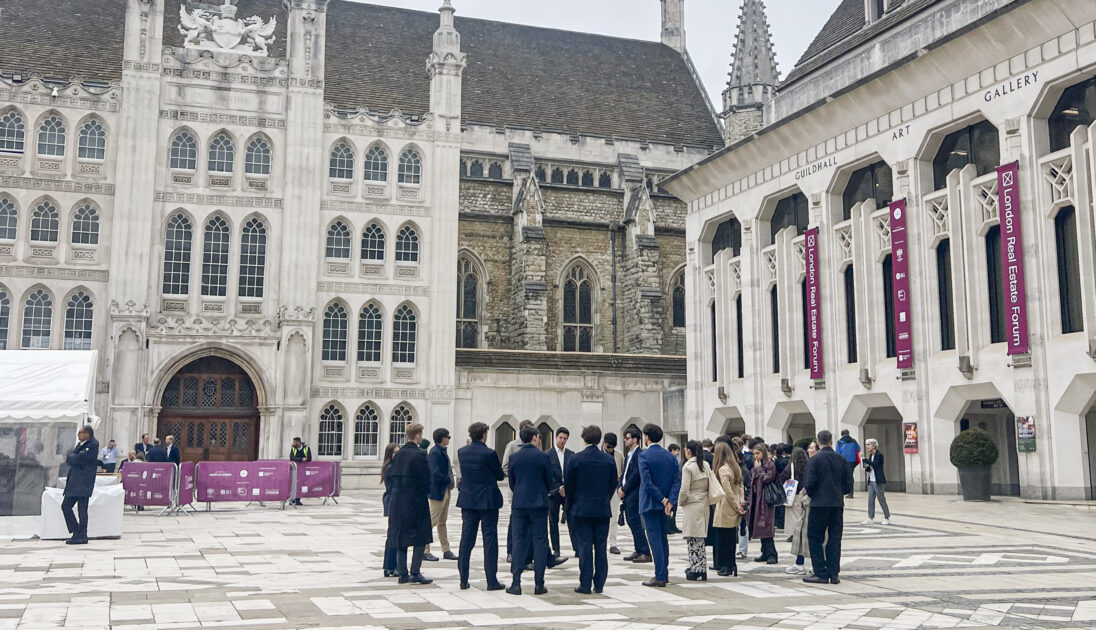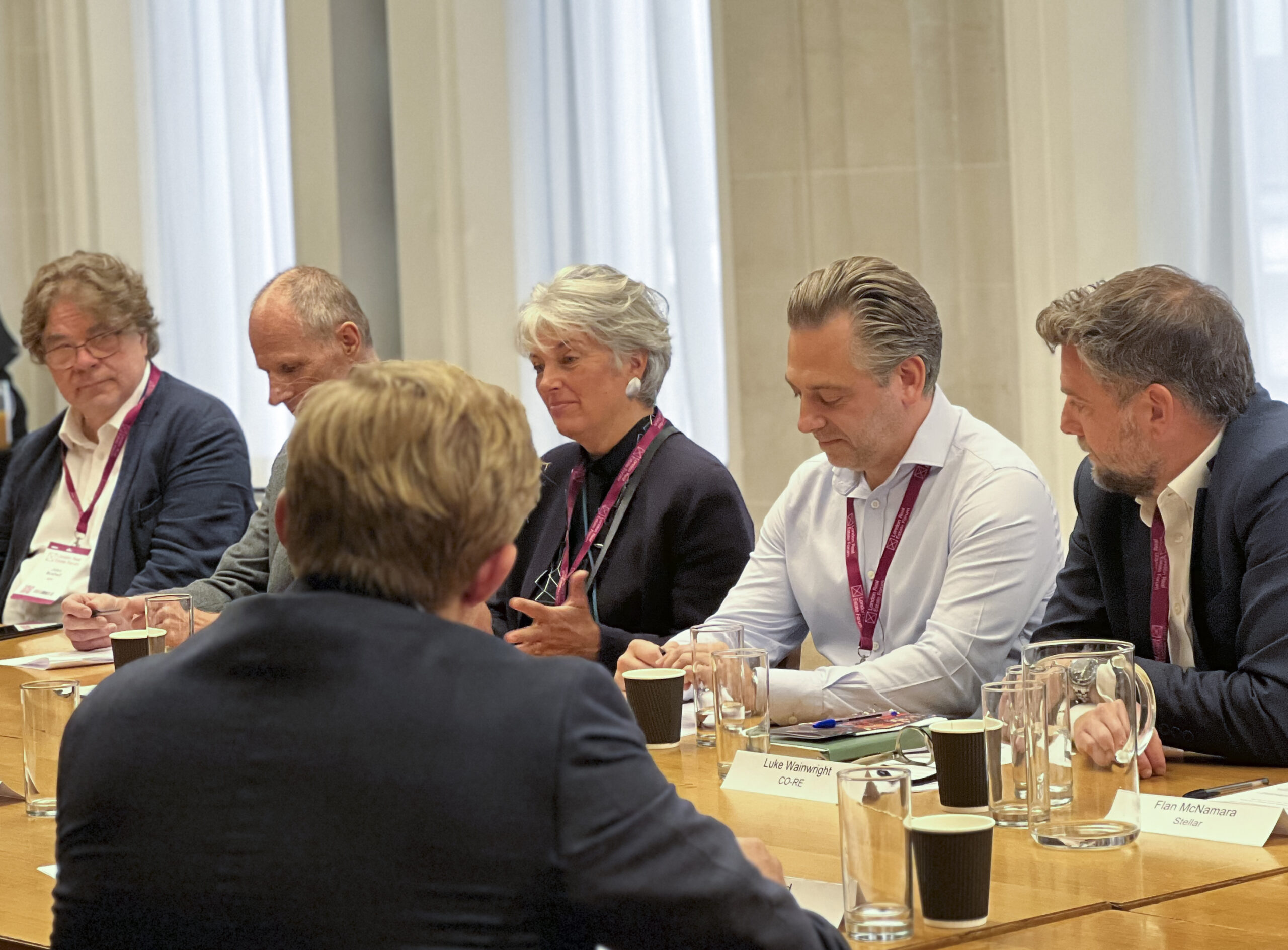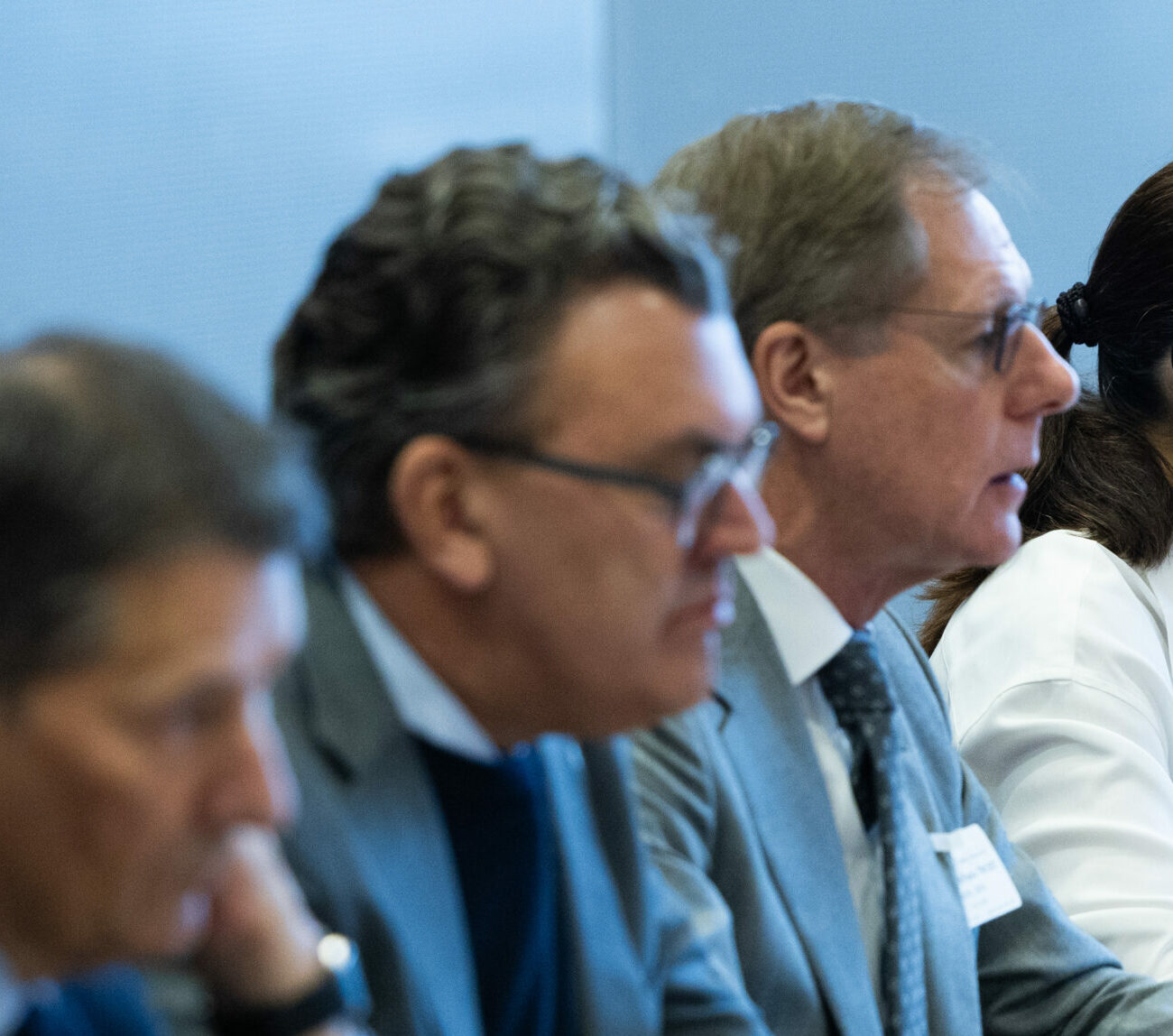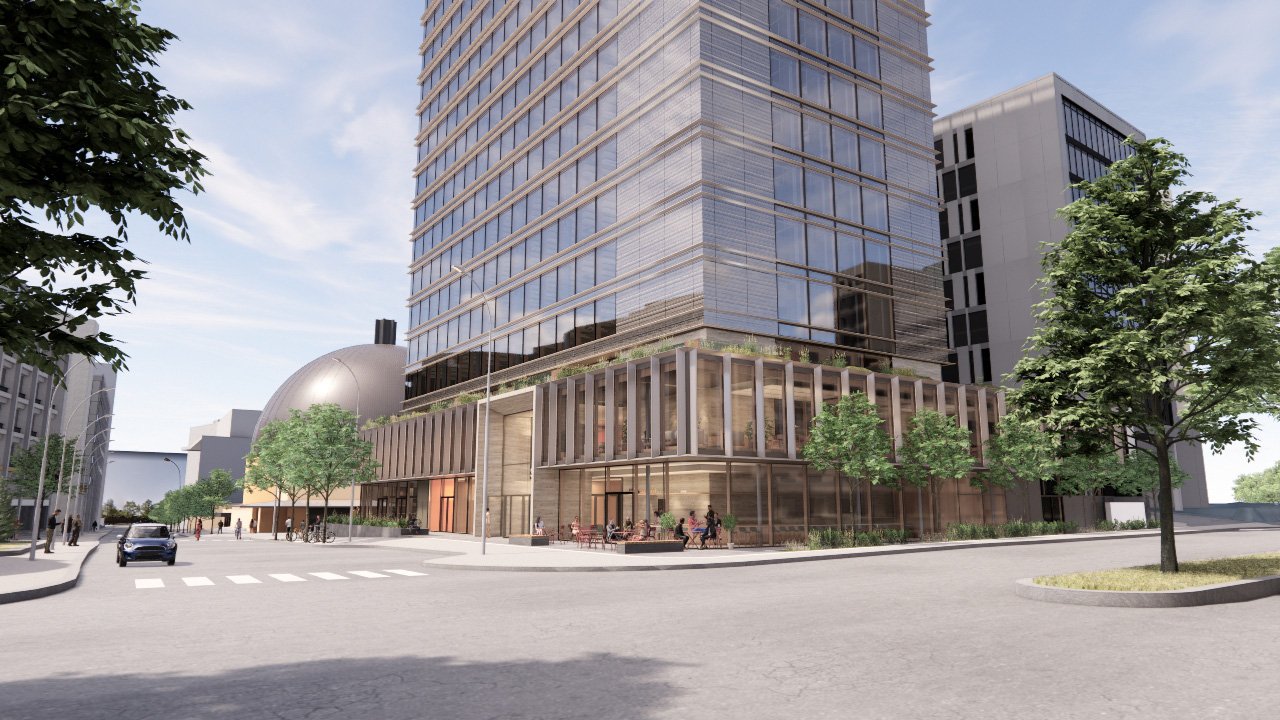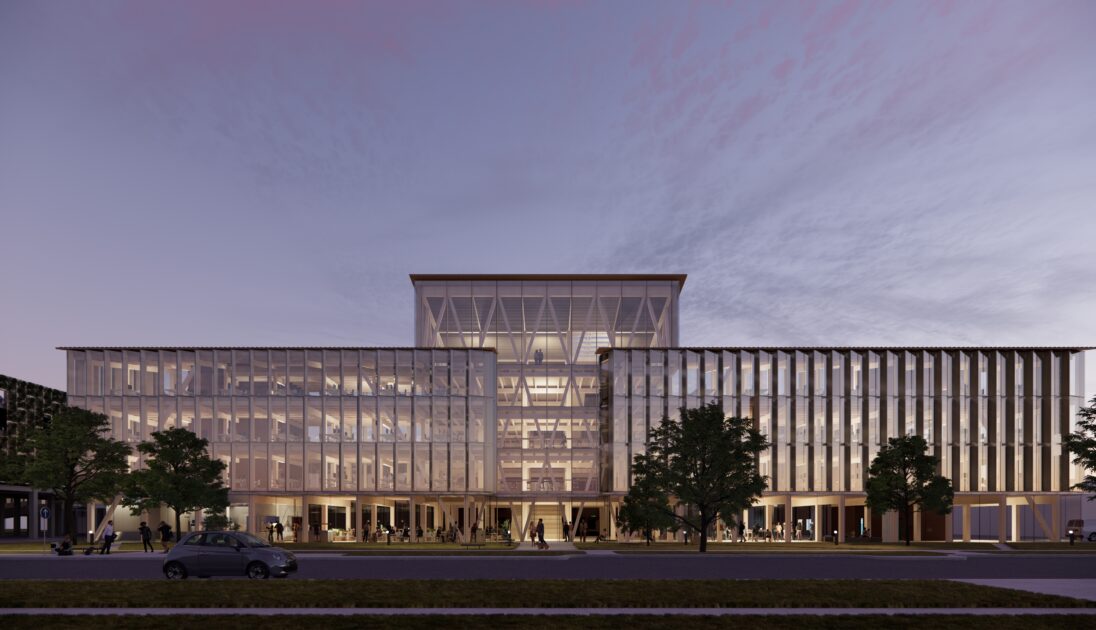As part of the London Real Estate Forum on September 17th, Staticus was proud to host a roundtable discussion on the topic “Construction risk: building a supply chain you can trust.” This 90-minute conversation featured key players from across pre-construction. The debate was chaired by our Regional Director for the UK, Aaron Dehara.
They were joined at the roundtable by Dan Ward, Development Director at Stanhope, Symon Bacon, Development Director at British Land, Matt Warren, Head of Digital Europe at Lendlease, Steve Mudie, Director and Head of Façades at Turner & Townsend alinea, Audrey McIver, Director at WSP, John Bushell, Design Principle at KPF, Joanna Bacon, Partner at Allies and Morrison, Brian Smith, Director at Aecon, and Luke Wainwright, Construction Director at CO-RE.
The conversation revolved around three broad yet critical questions:
- What pain points are there in the development process?
- How do we manage risk management within procurement processes?
- And what makes a successful project beyond factors of cost and schedule?
The summary below provides an overview of the main ideas put forward, along with some reflections on the conversation from our UK Regional Director, Aaron Dehara.
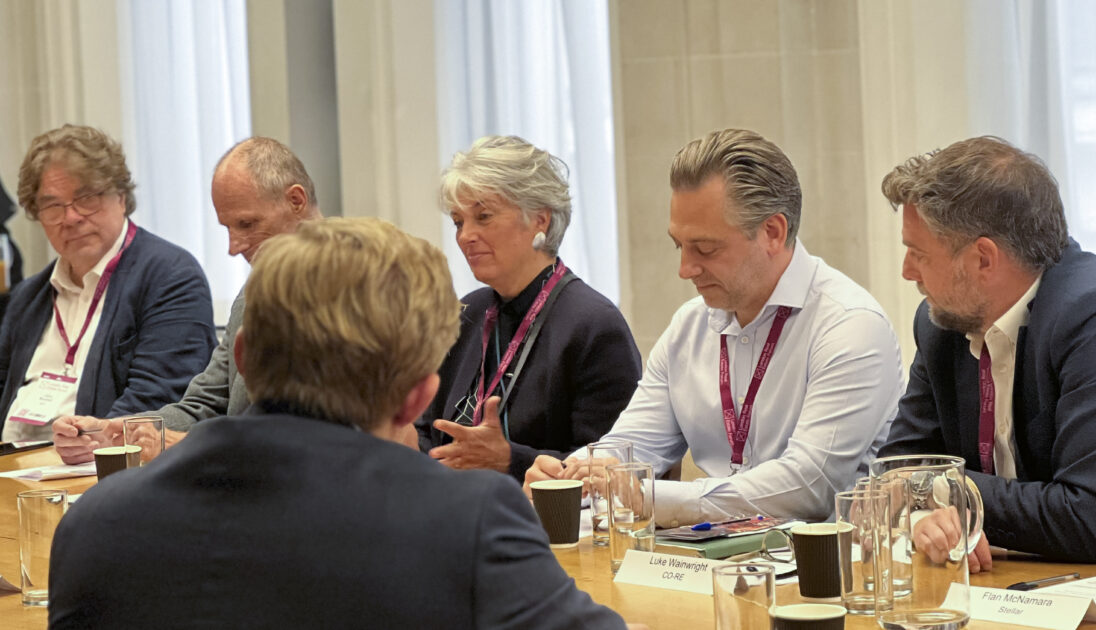
Common pain points in the development process
“One of the main goals of this roundtable discussion was to understand each others’ pain points and lived experiences within the project,” comments Aaron. In the context of macro shifts at the economic and political level, increased requirements from the BSA, and rapid technological advances, there was widespread agreement that complexity in the construction sector has rarely been greater.
Challenges with programmes
One implication of this is challenges with programming, which some described as a “dying art.” The panelists concurred that programmes often suffer from inaccurate expectations in terms of timeframe, and sometimes unclear logic.
Naturally, these deficiencies can bake in uncertainty and risk, which cascade down the supply chain. Some described programmes as documents that will tell you how late you are, but less often provide you with a clear focus for what is happening next. It was generally agreed that, as complexity increases in product typology and building typology, along with an ever growing range of strategies (structural, MEP, FMA), it is difficult for one person or team to command the expertise to understand if a sequence goes together logically.
The right people and early engagement are crucial
The conversation yielded multiple ways to address the challenges faced with programming. There was consensus that having skilled and competent people involved is crucial. If there is the necessary expertise at the table, it is possible to create a logical and workable programme. Furthermore, having the right people involved in managing the programme’s execution is also key, whether that is a contractor, subcontractor or consultant. One word of warning that was raised related to the size of today’s construction companies, and that in large organisations experts are often further away from the details.
A correlated point raised by multiple panellists was the importance of early engagement. Having more partners from the supply chain involved at an earlier stage will improve the chances of creating a programme that fits together. Naturally, balance is required as the programme will never cover every detail. However, the involvement of partners with specific expertise can ensure the sequencing is correct. This early engagement can also increase buy in and ownership down the supply chain.
On an optimistic note, it was pointed out that management costs can account for between 20% and 50% of a project’s budget. If early engagement and the right expertise can be harnessed to produce a coherent and workable programme, these costs could be brought down.
“The discussion around programming was really fruitful,” says Aaron. “It seems that within our industry, we are struggling to plan out the process and derisk, and this typically results in the risk being shifted downstream. Clearly, this is not good for suppliers or subcontractors, but it ultimately harms the entire project. As an industry, we need to do a better job of identifying and mitigating risk, rather than just cascading it down. I was happy to hear lots of advocacy for earlier engagement from the supply chain, which can support the creation of a clear programme with concrete ERs that everyone buys into. It is also a way for partners like us to add value to the project in terms of accurate cost planning, concept design, and cost planning. There was consensus that these benefits outweigh the early expenditure of PCSAs.”
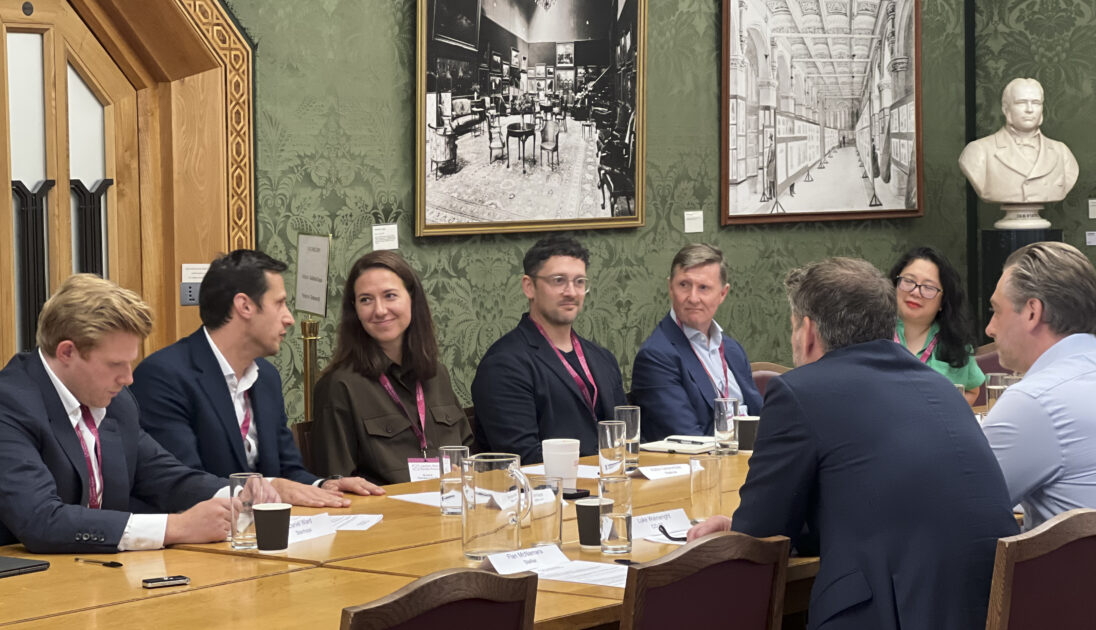
Meeting planning requirements
The complexity of planning requirements in today’s construction sector, coupled with short timeframes, was also highlighted as a pain point. The sheer volume of planning requirements was identified as challenging, and Gateway requirements related to the Building Safety Act (BSA) mean specific design questions must now be addressed much earlier in the process.
Some panellists highlighted the additional time these requirements add to a project’s schedule, with planning submissions that previously required 12 months to prepare now taking 16 or 17. It was also pointed out that the complexity of requirements may inhibit the use of design for manufacturing and assembly (DFMA) or construction as a product, which can lead to improved efficiency and reduced costs.
Risk management within the procurement process
The second topic the panel tackled in-depth was how to manage risk with the procurement process.
There was a wide-ranging discussion on the relative merits of a Construction Management (CM) approach versus traditional design and build (D&B) procurement. While some questioned the need for general contractors when many supply chain partners can be directly contacted, others highlighted the value clients derive from being able to delegate procurement so they can focus on their core business activity of sales and rentals.
One major point of agreement was the fact that, irrespective of which procurement approach is favoured, clarity from the client benefits everyone. Particularly from the design side, it was emphasised that the process is easier and smoother when the client is able to articulate clear preferences and can define how they want to work.
There was also agreement that culture is extremely important in ensuring effective risk management. The most effective projects are those where all parties are able to prioritise the needs of the entire project. “The discussion around culture change in the industry was very helpful in my view,” Aaron comments. “We see a lot of examples where each stakeholder is only interested in protecting their own share of the pot and derisking their own activities. This may benefit them individually in the short term, but it sets up the project for failure. We can’t have a situation where risk is simply passed on, and some parties are sitting happily while others are having a disaster. It is about derisking the project for everyone’s benefit, and each party playing their part in their process. I was happy to see widespread agreement on this around the table.”
There were also helpful contributions on how to build incentives and benefits into the process for supply chain partners. It was recognised that, while D&B provides clarity, it is important to understand the need for profitability for contractors. Various examples were shared where processes have been incentivised towards outcomes, with reward structures in place to encourage on-budget, on-time delivery. “There was a lot of enthusiasm around the potential for incentivised D&B processes, especially when there is also the opportunity for early engagement as well,” summarises Aaron. “And underlying everything was an emphasis on transparency and honest, direct communication between partners.”
Beyond cost and schedule
The final topic of discussion was around what else it takes to create a successful project, beyond simply cost and timeframe.
Environment, Social and Governance (ESG) factors featured heavily in this part of the conversation. While there was recognition that ESG considerations are often seen as going against cost savings, there were also numerous examples cited where the two can complement one another.
For example, clients want to focus on building performance and quality. It is a significant headache to have tenants moving out due to quality issues, or to be confronted with major maintenance work in the early years of a building’s life cycle. “It was also pointed out that premium office spaces command a higher rental fee, so clients are incentivised to prioritise quality and performance,” comments Aaron. “This means ESG considerations can have an intrinsic value to clients, and don’t have to be just ‘nice to haves'”.
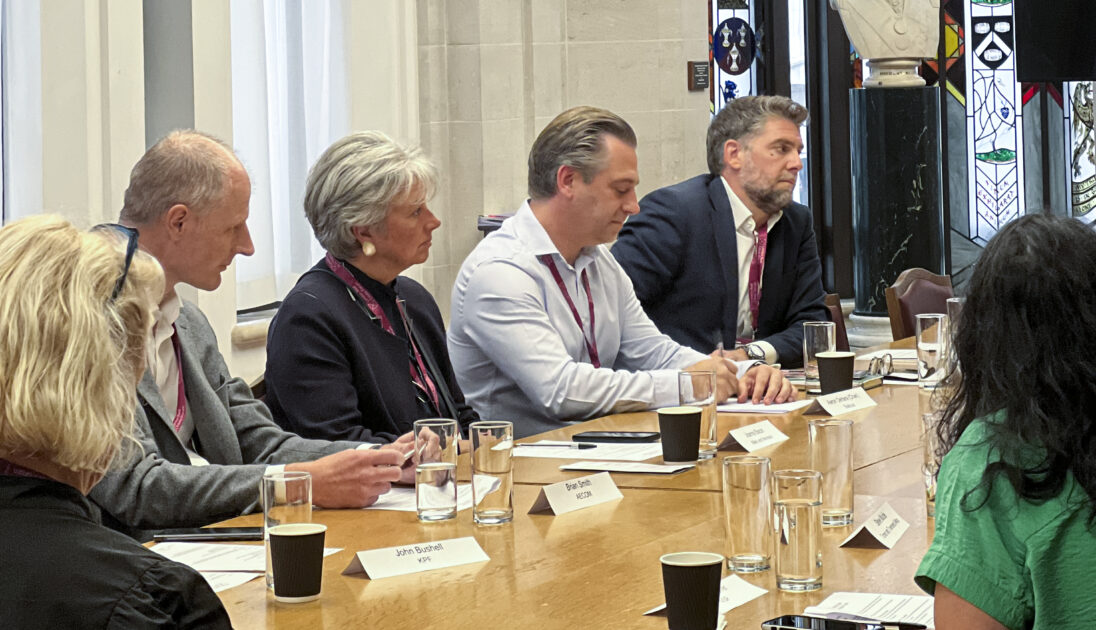
Plenty of shared ground
As you would expect from a diverse range of players in a complex industry, there was not always agreement during this panel discussion. However, the willingness to be open and frank, and to actively listen to the pain points experienced at different parts of the supply chain, demonstrated a common desire to address the challenges our industry is facing.
“The fact that everyone was transparent and ready to both share and listen is very encouraging,” Aaron concludes. “And I saw in the conversation lots of common ground on which we can build new approaches and solutions to address the challenges we face as an industry. There was widespread agreement that early engagement is helpful, a shared perspective on the need to reset the culture of construction, and collective focus on ensuring we have the right people and expertise to ensure success. I look forward to continuing the conversation with our partners and building on this very positive discussion.”
3 key takeaways from the roundtable
- Construction industry complexity is making accurate and workable programming harder: political and economic shifts, rapid technological advances, and stringent planning requirements are making it more difficult to create programmes. Typically, programmes suffer from unrealistic timeframes and sometimes illogical sequences.
- Having the right people and expertise is extremely important: The challenges with programming can be managed when skilled and competent people are involved at every stage, from creating the programme to implementing it. The tendency towards larger organisations often means these people are further away from the detailed work on programmes.
- Resetting the culture in construction is crucial for effective projects: Increased transparency and ownership by all project partners is needed to ensure risks are fairly distributed and the benefits of the overall project take precedence over those of individual parties.
